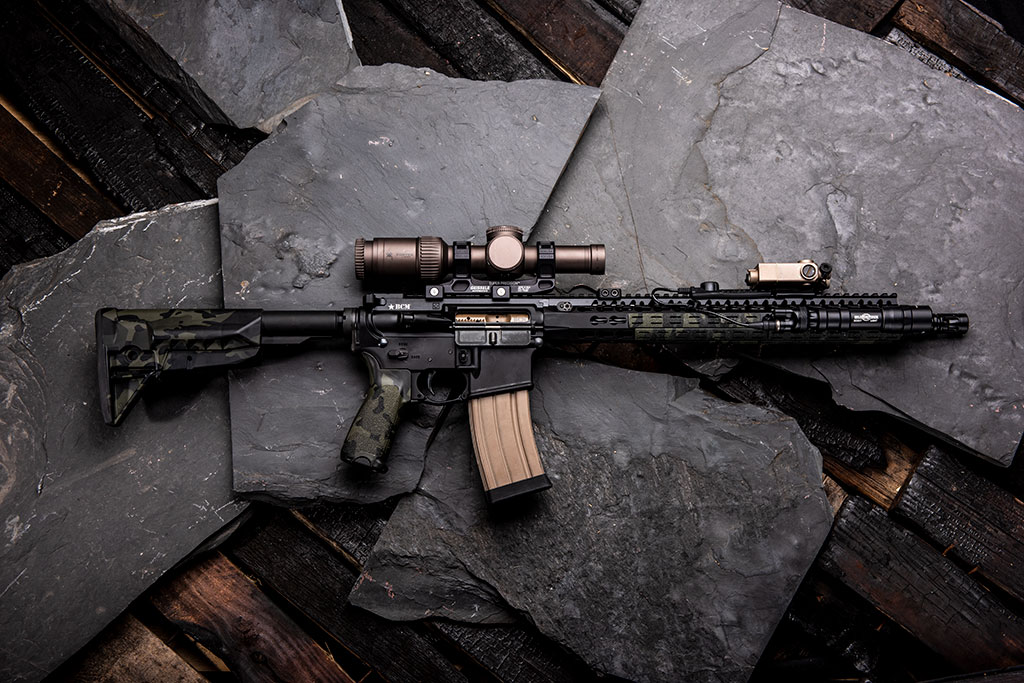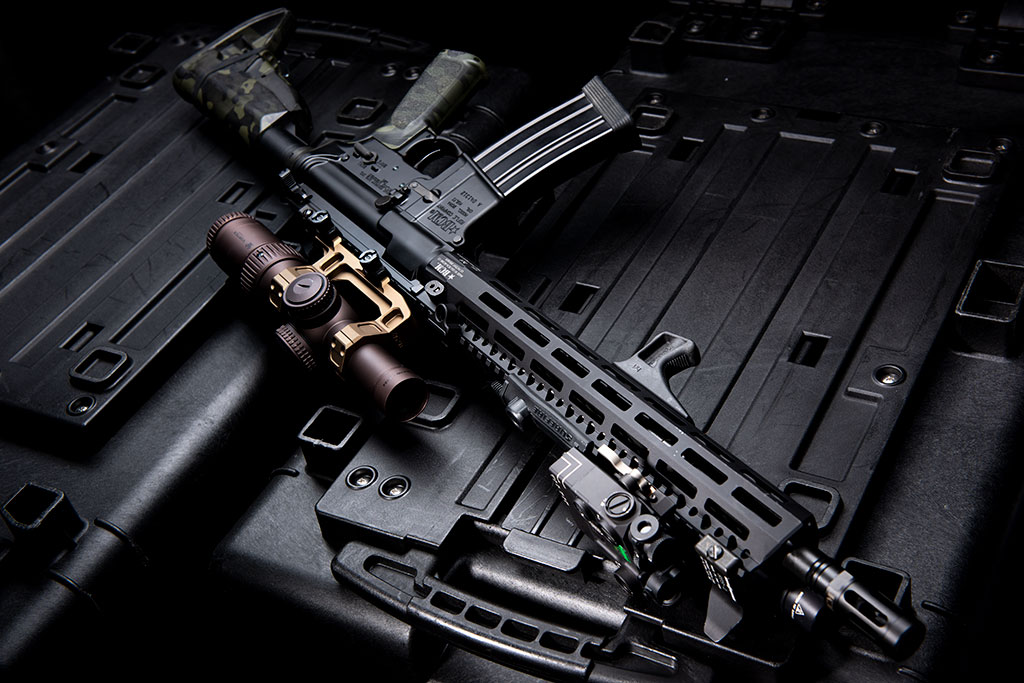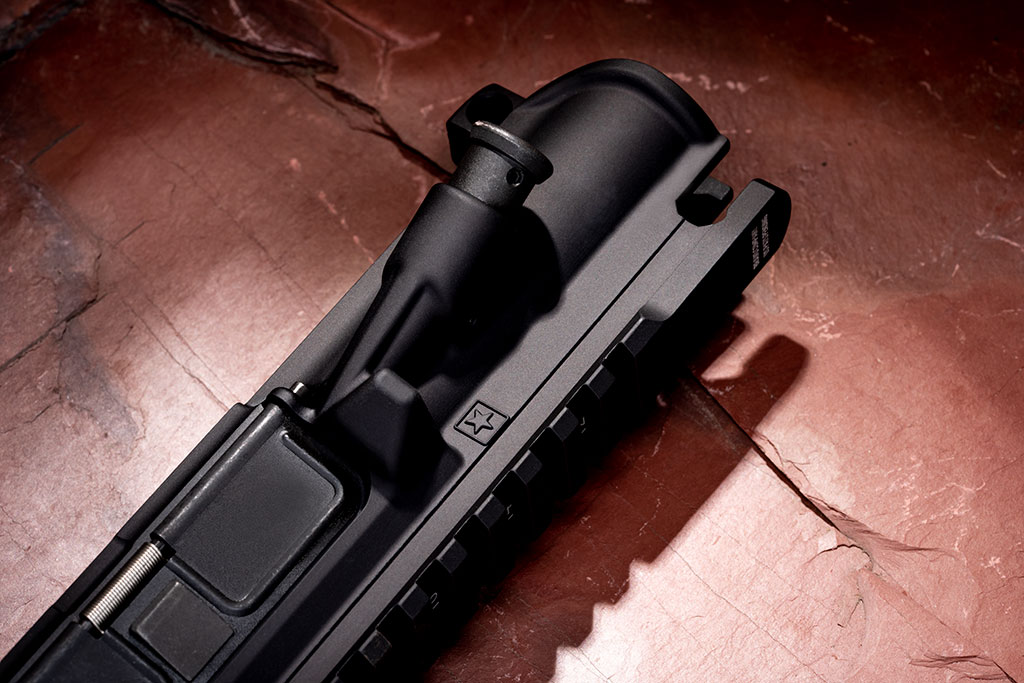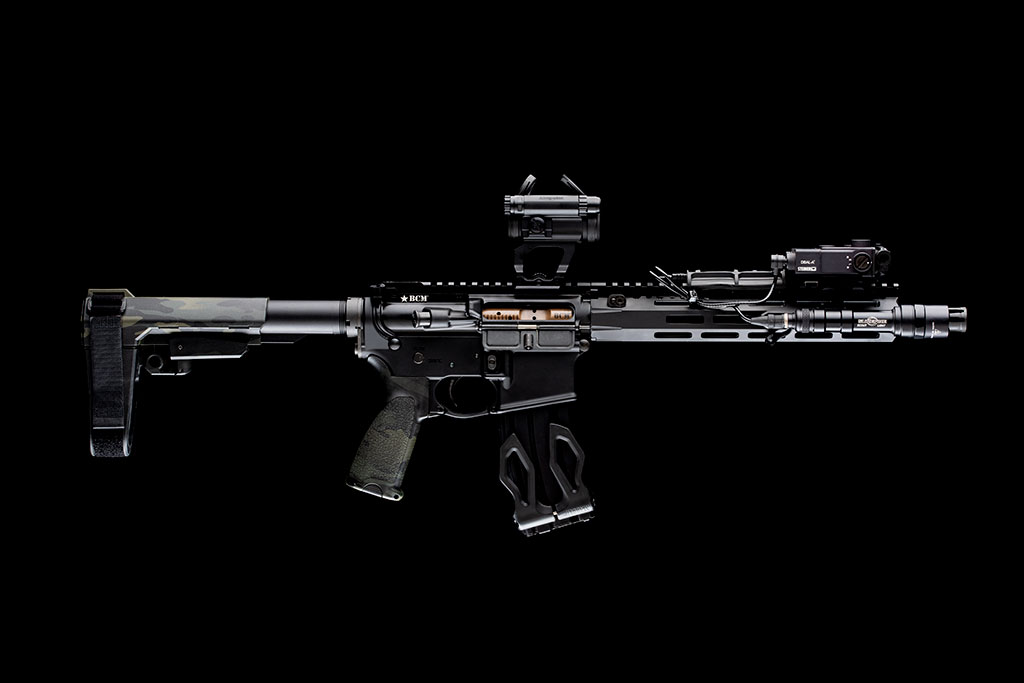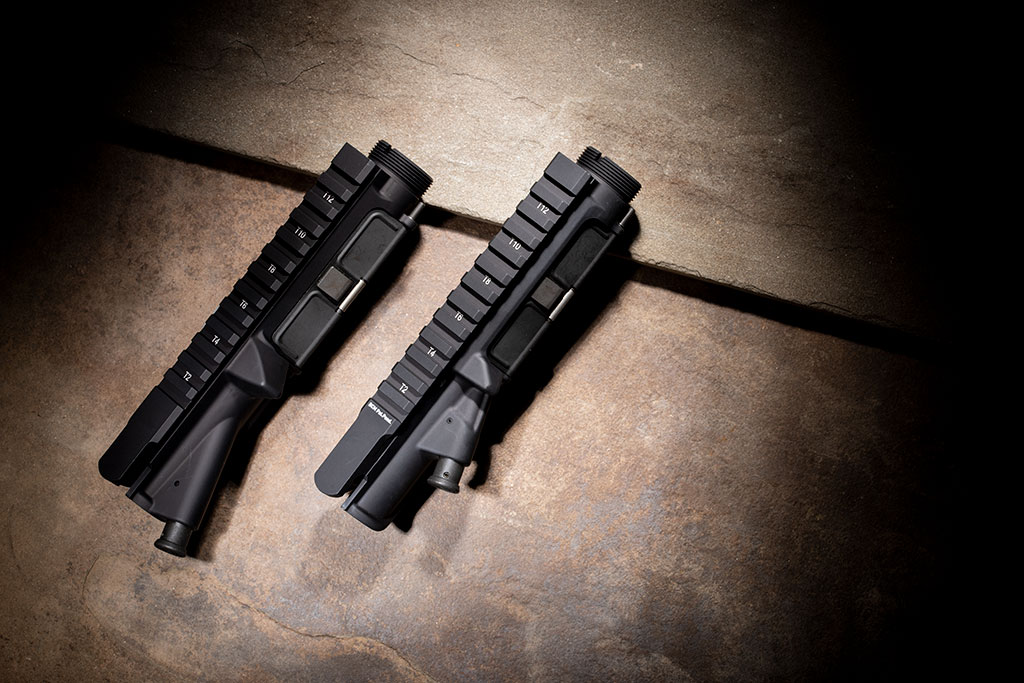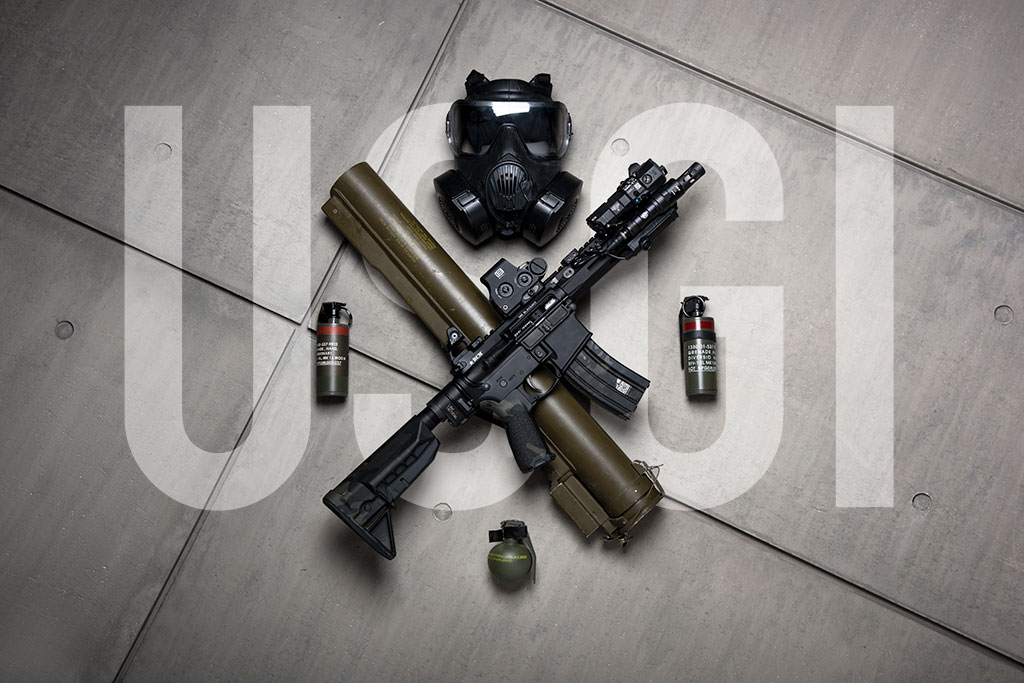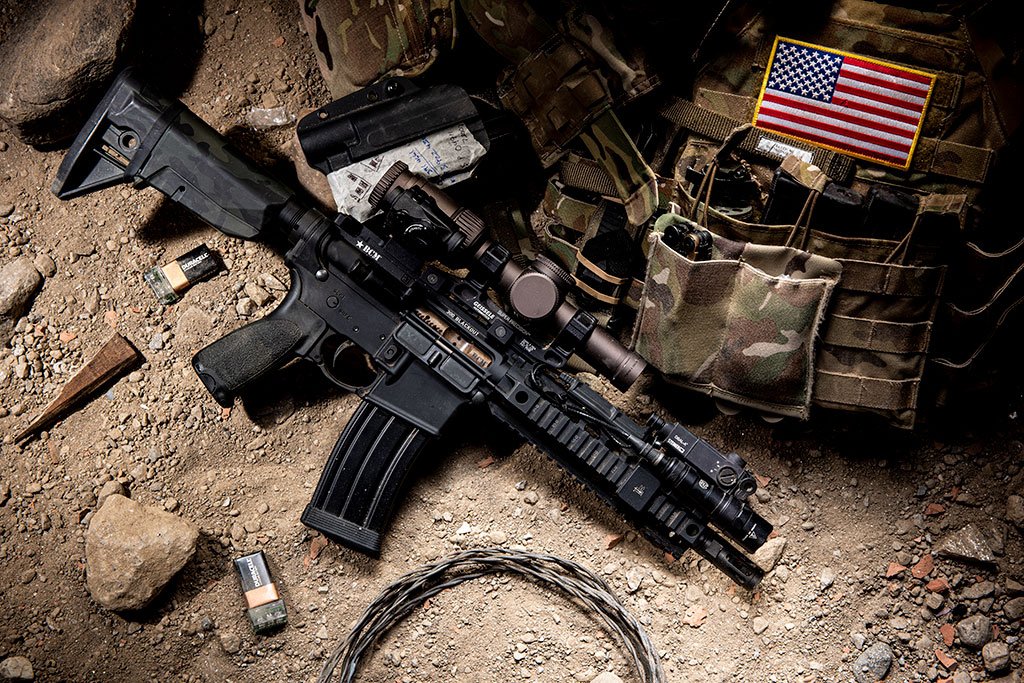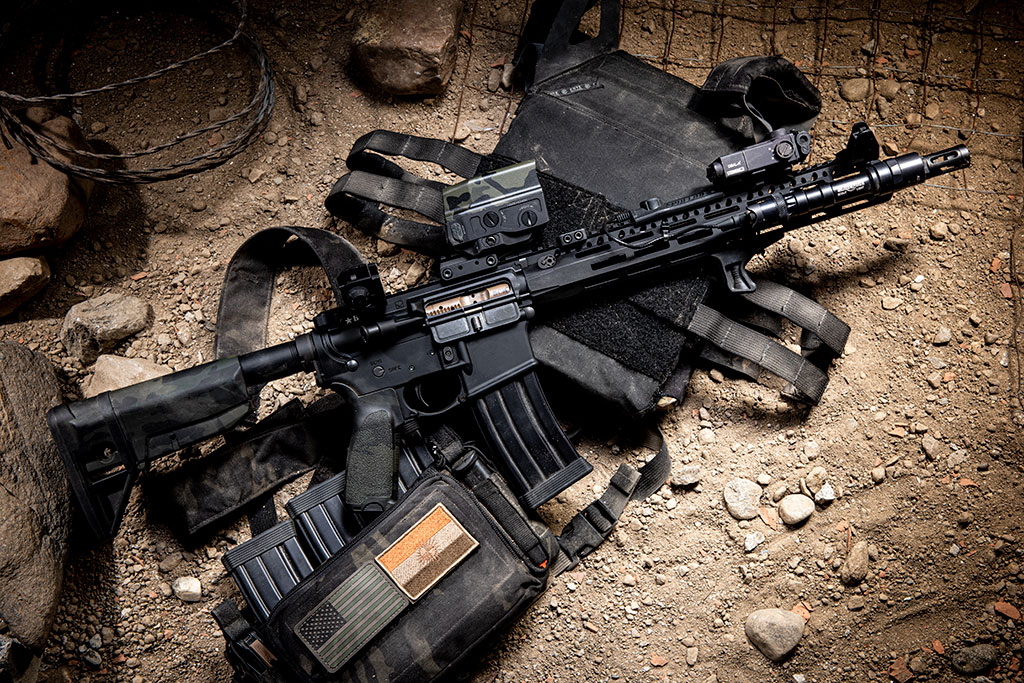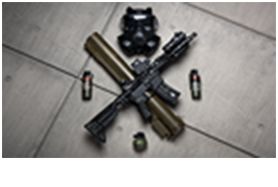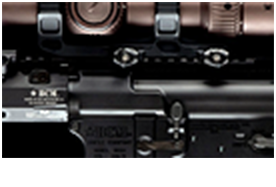Mk2 Upper Receiver
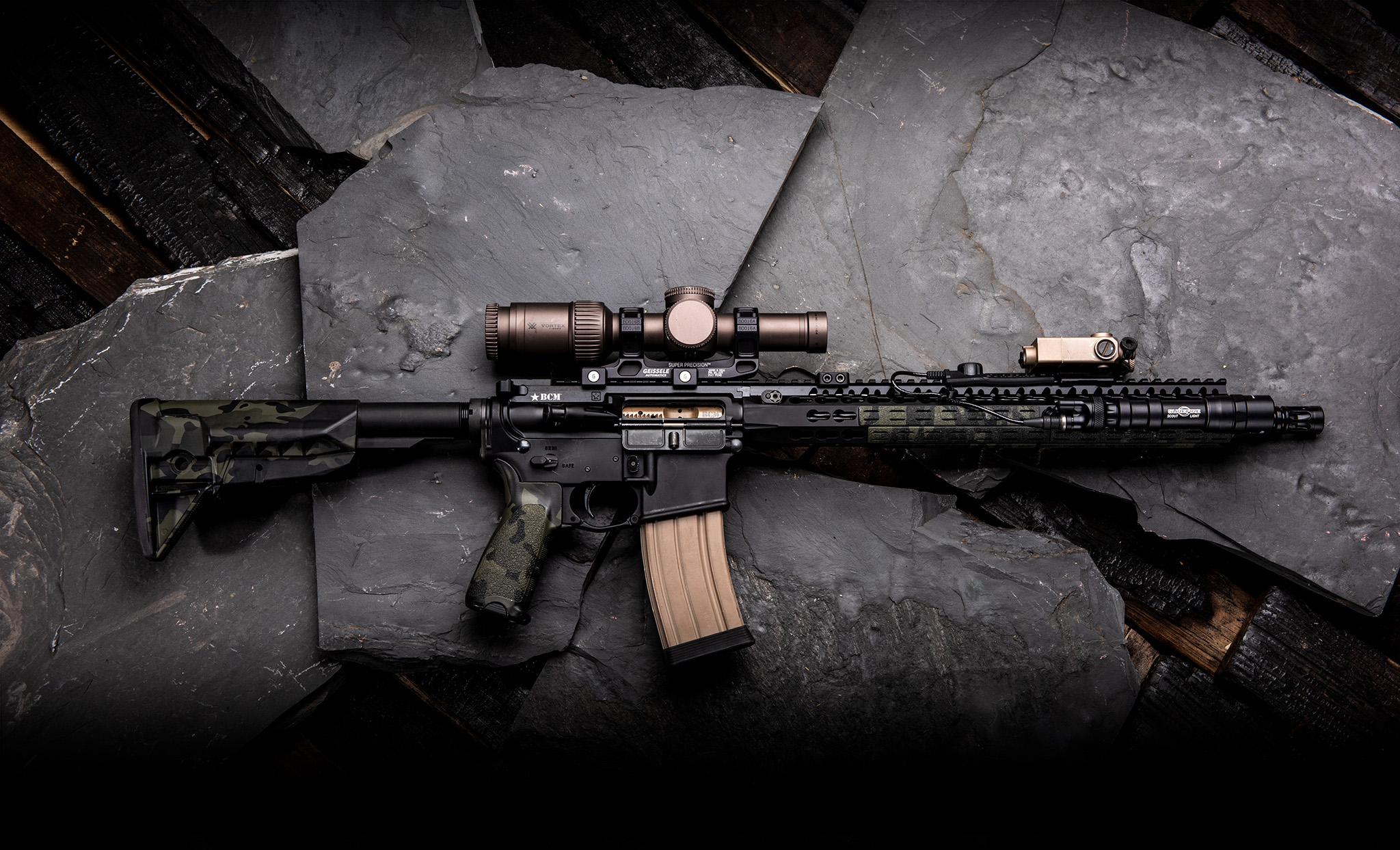
Aligned. Unbending.
Redesigned by lessons learned in combat since 9/11, the BCM MK2 Upper Receiver is built with up to 30% more rigidity than the current Mil-Spec M4 upper receiver without sacrificing interoperability for a mere additional 1/3 ounce of weight.
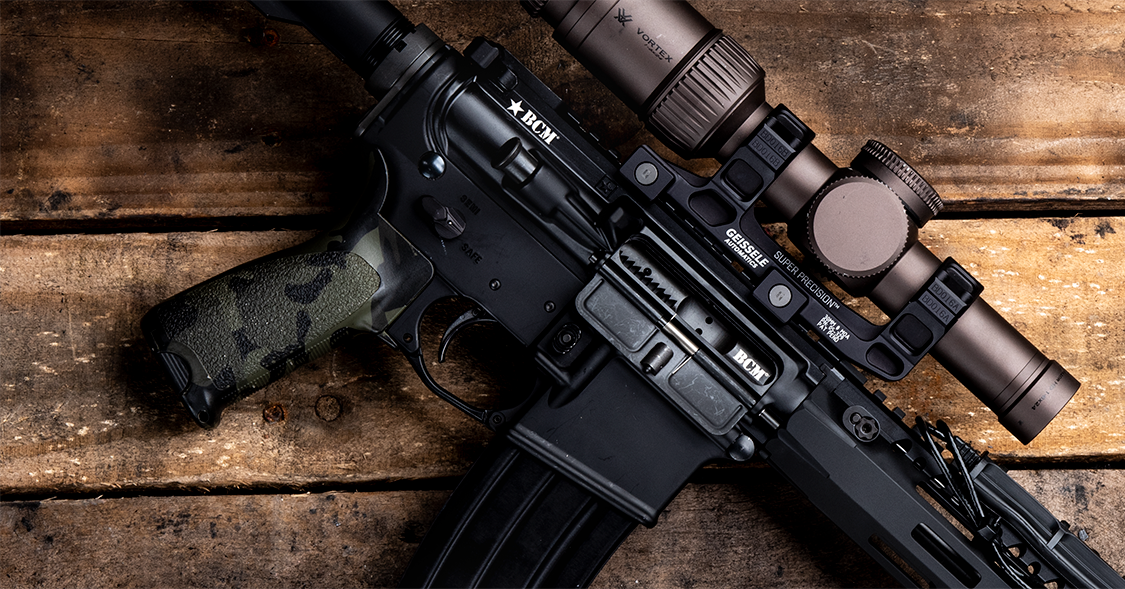
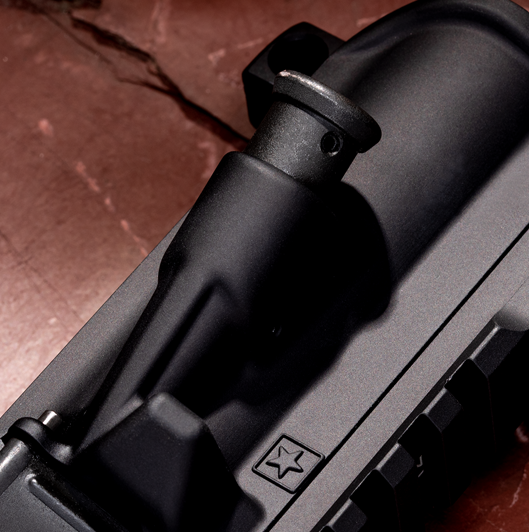
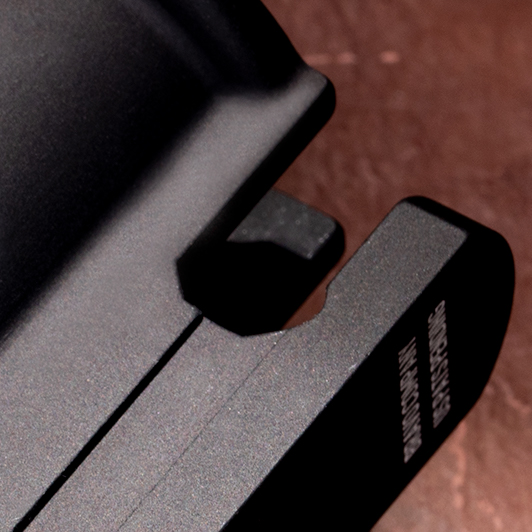
Meet the new war
Upper receivers with baked in carry-handles and iron sights have been relegated to history. Optics are now synonymous with forward deployed combat carbines, featuring modular "optics ready" flat top upper receivers. Driven by a sense of urgency to improve lethality and save American lives in real-time, this flat top innovation has inadvertently introduced a degradation in the rigidity of the upper receiver, with the weakest point being the area around the ejection port.
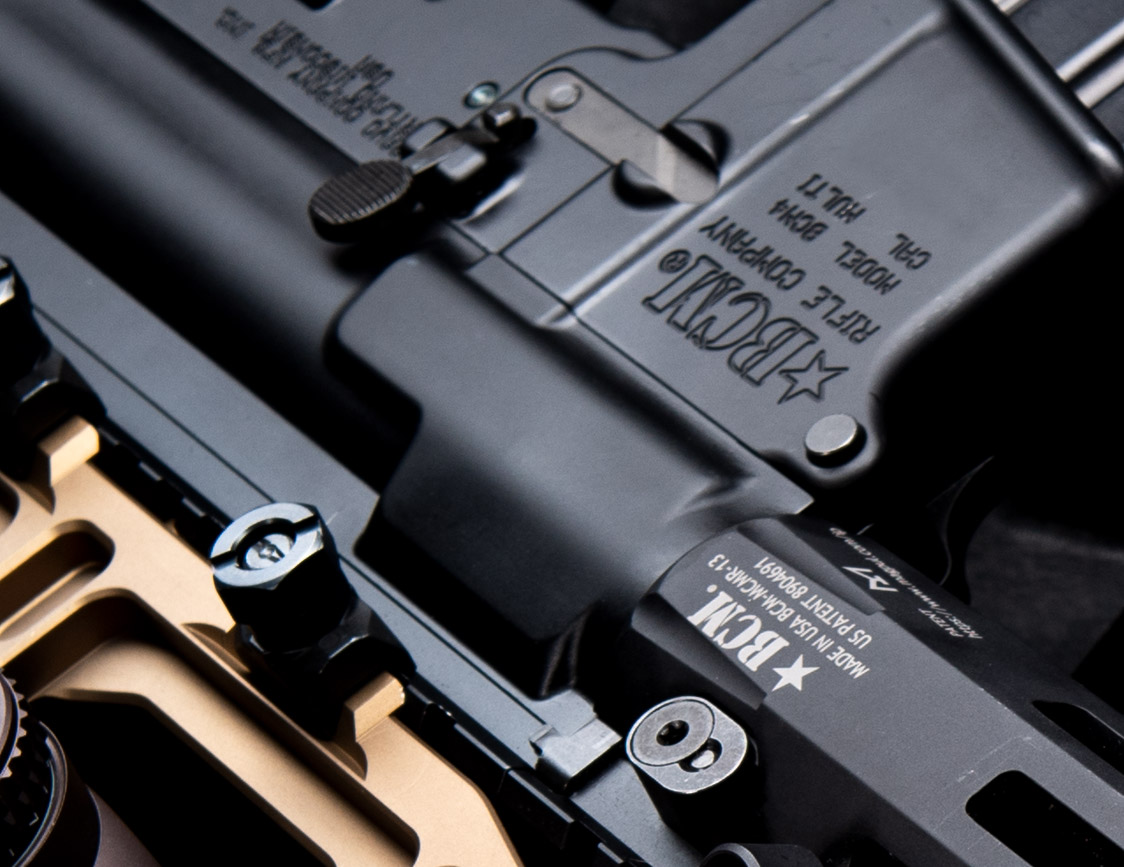
Same as the old war
Shifting mass from non-critical to critical areas; the BCM Mk2 Upper Receiver reduces barrel deflection and enhances bore tolerances improving barrel alignment, consistency and accuracy.
This enhanced rigidity aids accuracy by limiting barrel deflection from external loads such as a bipod or vertical grip. Also prevents unwanted deflection of moving components, reducing the chance for premature damage and wear of the bolt and barrel lugs which results from misalignment.
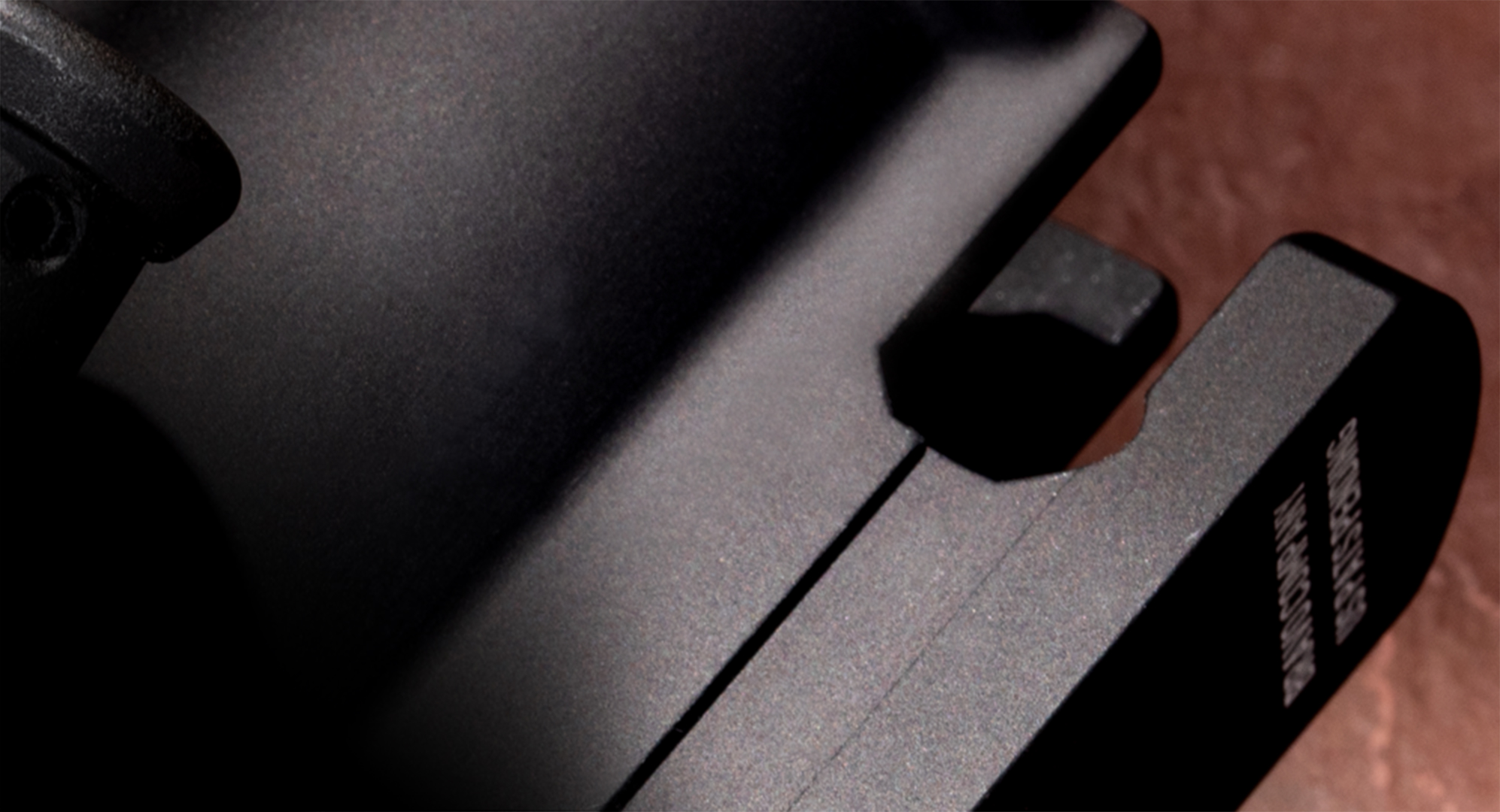
Positive Effect on Target
In addition to weapon optics, suppressors have also become standard in modern combat operations. Added gas expansion areas and new channels added around the charging handle opening, vent gas away from the end user's face, reducing distractions when employing the weapon system with a can.
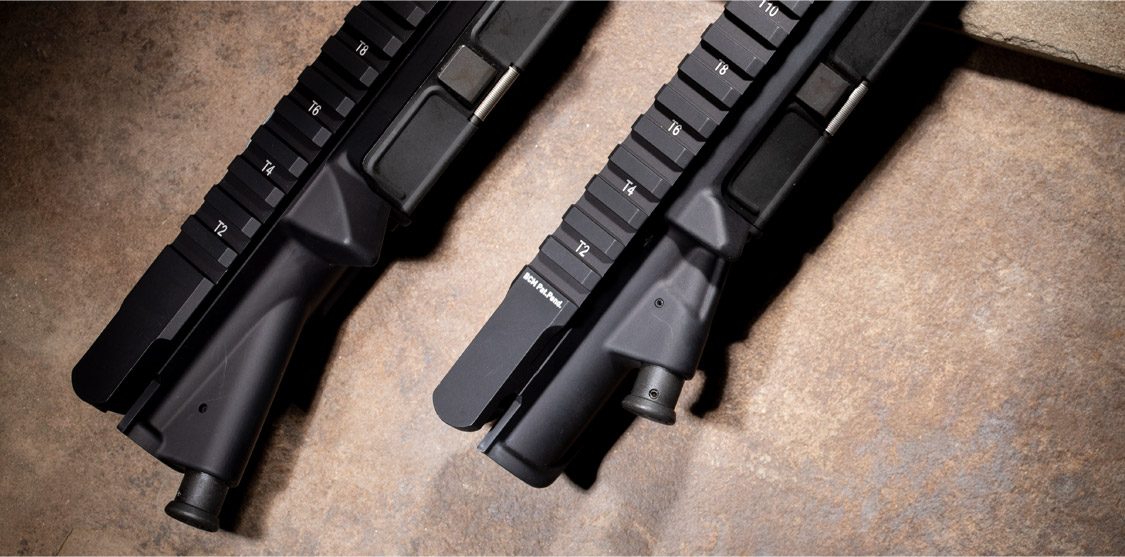
Lethality in the Details
Fine tuning the positioning of the forward assist creates additional clearance for the right hand sided charging handle manipulation and clearance for end plate mounted slings.
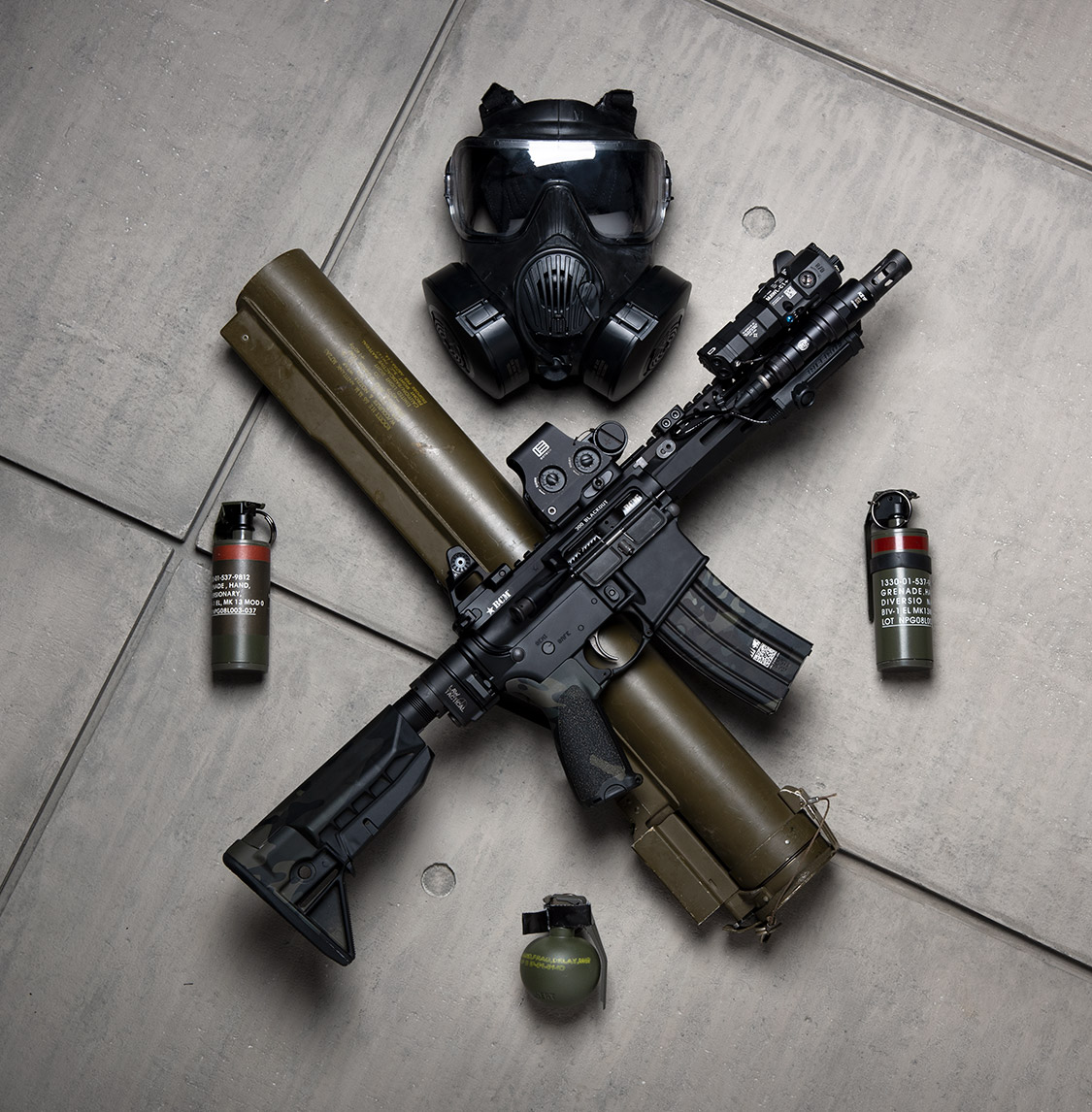
The MK2 Upper Receiver also retains all USGI components in assembly and works with all USGI bolt carriers, charging handles and barrel assemblies.
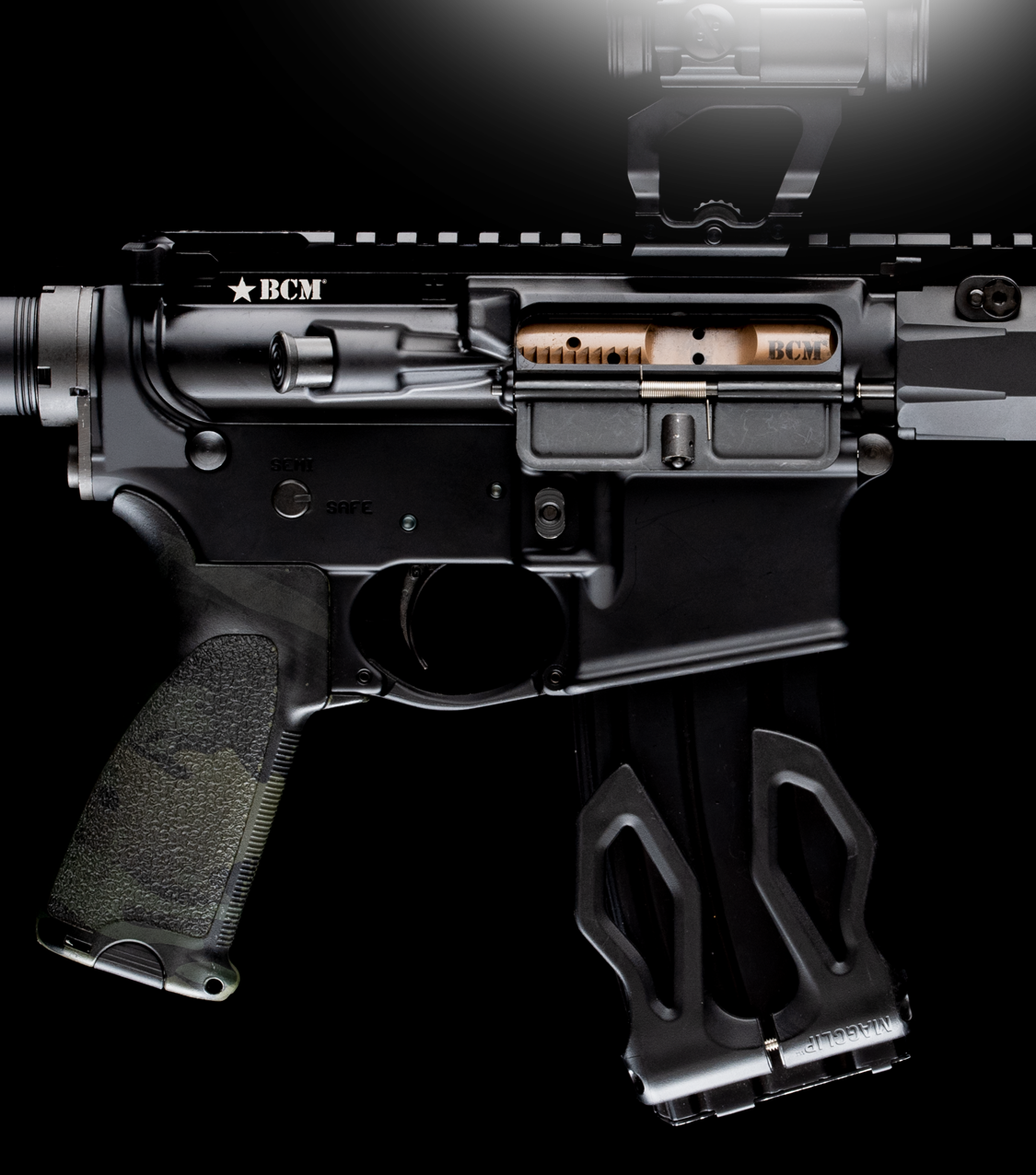
Built to Exceed
Forged from 7075T6, the BCM MK2 Upper Receivers retain form following grain structure which maximizes achievable strength.
All of these improvements come without affecting the manual of arms employed in manipulating a Mil-Spec upper receiver.
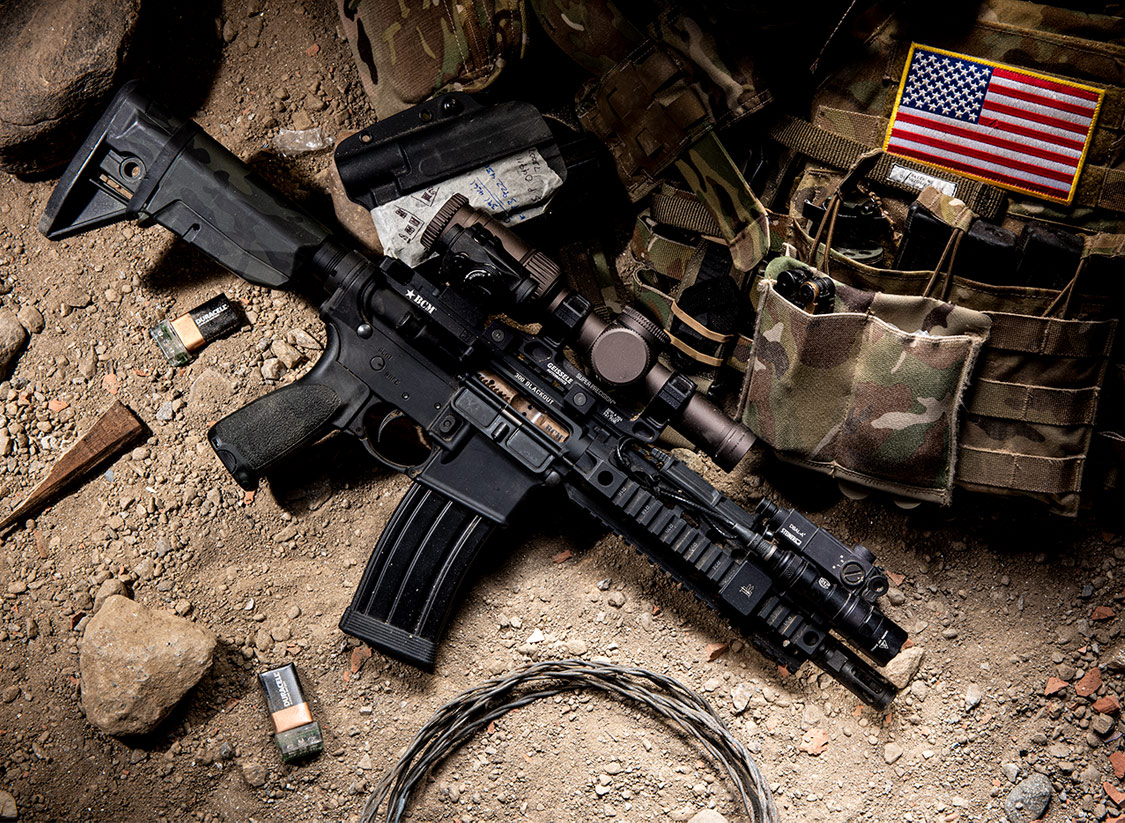
Made in America
All BCM components and accessories unite state of the art manufacturing with lightweight and durable materials to ensure components that last a lifetime, performing far beyond performance requirements established nearly six decades ago.
